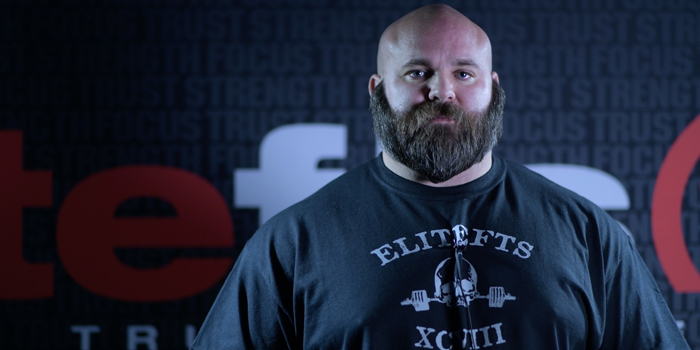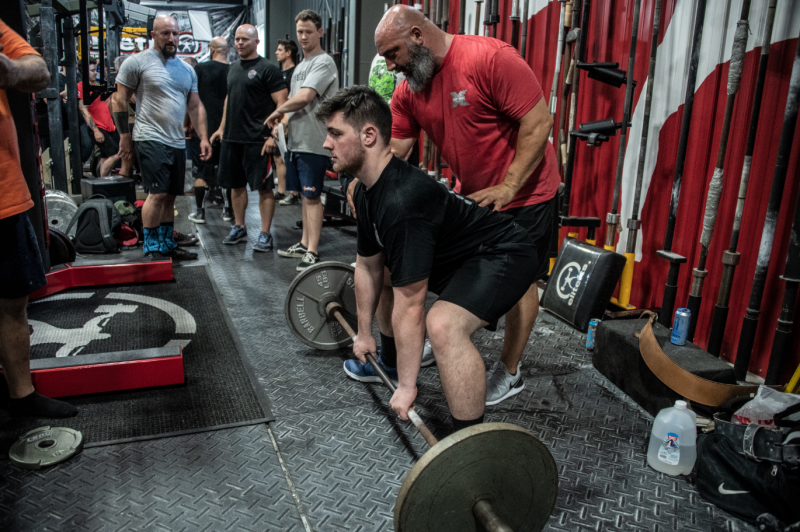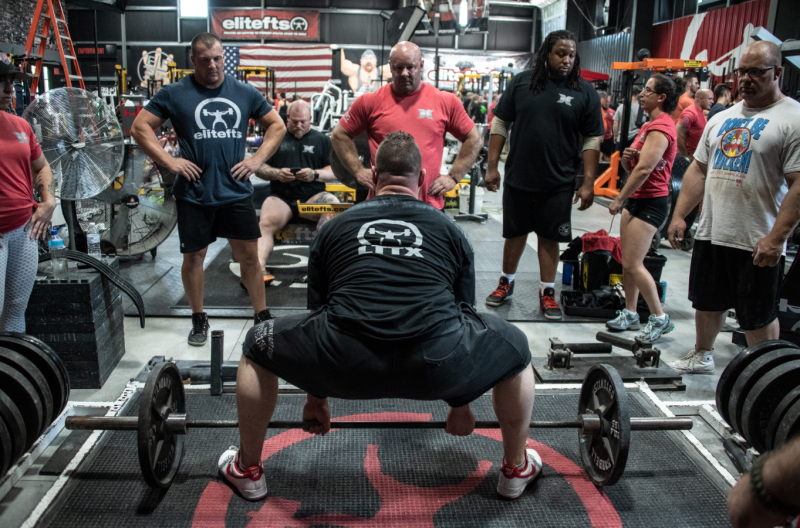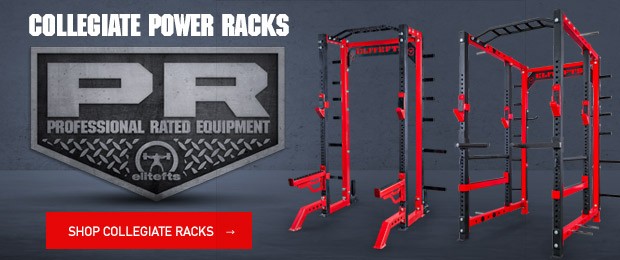
Being a technician with my own lifting and making sure that every movement performed is spot on so that I biomechanically load my body correctly is something I’ve always strived to accomplish. I appreciate the times I’ve gotten comments about how my lifts look perfect, mechanical in a way(I’m not saying they’re perfect). Quite frankly, it’s not just with my lifting that I strive to do things correctly. I approach my life with the same outlook and stride. If I take on a task, I want to be the best I can be at it. I study, I practice, and I prevail. Failure has happened many a time, but I always find a way to accomplish my goal. I do well at what I set out to do. This focus in my personal life is why I coach the way I coach, but when it comes to training athletes in the weight room, I’ve had to hone how I approach this.
First Realization
Your athletes will not appreciate training the way you do.
I had those days, especially early on in my career, that I didn’t understand why the athletes weren’t as enthusiastic as I was at 6 AM. I mean, what the hell is better than getting up early and training your ass off? Why were they not jumping off the walls ready to rock and roll? For a while, it really pissed me off, to be honest. I mean, I loved to train. I started when I was 11, it took off when I got into junior high, and it led me to the job I have today. Wasn’t that everybody’s experience?
RECENT: Start Here Before You Clean
The answer is no, it was not. I loved lifting and was a pretty good athlete. However, most of the athletes with whom I worked had never taken a lifting class in school or were made to lift because they had to. They were NOT gym rats. Their passion didn’t start with lifting; it became a means to an end. That doesn’t mean you shouldn’t push these types of individuals or that you should let them slide. However, you need to understand that their passion is for their chosen sports, not necessarily for the training that can help them in their sports of choice.

It took me a while to truly understand this, and once I did, it changed how I approached my coaching. My enthusiasm remains high because I want my athletes to know that I care. If a coach is in a good mood, that helps the athlete to be in a good mood, too, even at 6 AM. I try to educate more and let them know why we do what we do and how that will help them within their sport. I take their feedback on how they feel things are helping and their level of enjoyment with what we do…to a degree. I want them to be excited about showing up. That doesn’t mean I’m not going to do stuff they don’t like. If you don’t like something, it’s probably a good movement and/or you suck at it and need to get better.
Second Realization
100% of your athletes will need fixing.
Every year, no matter how good I think things should be today, with social media and all of the information that can be accessed on the Web, all athletes show up needing something fixed, and most cannot lift correctly to save their lives.
Why was this hard for me to understand? I mean, I came from a small town, population 2500. If I came from Nowhere, Iowa, and was taught right, why wasn’t everybody else? I was lucky. I had a great high school coach who taught us how to lift correctly. I had a great college coach who taught us how to lift correctly. I also cared, so that helped as well. Most of the time this is not the case with high school athletes, as there are limited funds in high schools, limited expertise in the performance area and limited shits are given.
At some point in time, I changed how I approached an athlete’s first day with me, and it goes as follows: They don’t know their asses from their elbows and haven’t done enough. With that assumption, I evaluate movement patterns and preparedness, and I move forward with progression. But it would be a lie to say that this assumption doesn’t bother me, even though it’s a fair one. Trust me, some individuals are better than others are, but everyone needs fixing in one way or another, and most athletes coming into the collegiate setting as lifters are terrible.
Again, this comes back to being athletes, not lifters. If they were training to be the best lifters and to compete in lifting competitions, then movement patterns in the weight room might be better. Because their main focus has most likely been their sports of choice, you have a lot of ground to cover, and you need to be understanding of this.
Third Realization
Program for their sports rather than training just to train.
I don’t know that I will call this a personal realization. With experience, my programming has gotten better and has evolved considerably as I stick to my professional philosophy. But I’ve seen some really crappy programming that has zero thought put into what athletes go through on a daily basis with practice, individuals, classroom requirements, travel, game schedules, individual preparedness, etc. These are programs that are developed around training just to train.
When asked many times by GAs and interns why I do what I do and how I decided to do what I do, the first thing I tell them is that it’s not written in any book and that it’s a very long answer with many factors to consider.
- What is the athlete’s level of preparedness/limitations (work capacity, movement patterns, strength base, FMS, injuries current or past, etc.)?
- How long do I have (pre-season, in-season, post-season, redshirt, transfer, whether he or she is an impact player, etc.)?
- What is the sport we are training for? There’s a big difference between football and golf.
- What position will the athlete play (catcher compared with first baseman; center vs. wide receiver; distance runner vs. sprinter)?
- With what type of coach am I working (hands-on, hands-off, in-between)? I learned a while back that wins and losses are on the head coach’s shoulders. Whether you like it or not, you must consider their wants.
These are just a few factors I consider. There is more, with these other factors dealing with travel schedules, opponents, competition times, etc.
If you are not considering most of these factors, then you are training just to train. This will lead to limited success and a shortened retention period at your job. Now, frankly, as long as the head coaches like you, you don’t injure athletes, and you don’t do something stupid to get yourself fired, you could get by, but that doesn’t mean you’re not training just to train. Put some thought into your programming.
I’ve had more realizations as a coach, but this article(rambling) is about how you are training athletes, not lifters. Lifting is not the primary focus for most of your athletes. Their sports are the primary focus, and lifting is a means to providing them with better tools to boost their performance on the field of play. That doesn’t mean we shouldn’t make them good lifters, but we must understand that lifting is not every athlete’s passion. In addition, programming should be prescribed while keeping their specific sports in mind. Again, we are not creating lifters; we are creating better athletes through performance training.












5 Comments